
About This Quiz
Wildflowers are special because they don't need help from humans to grow. These flowers are found all over the prairies, mountains and forests of the United States. More than 10,000 species of wildflowers grow here, and most of them are native to this country. While stunning to look at, wildflowers have a unique history and contribute to the sustenance of local wildlife.
One flower with historical significance is jimsonweed. Its name comes from "Jamestown Weed," and it is a reference to the soldiers of the American Revolution who had to harvest this plant for food but suffered from hallucinations in the process. Native American tribes also used it in their ceremonies.
Many wildflowers produce nectar that pollen-producing insects like bees and mosquitoes need to survive. Others provide food for butterfly larvae that ensure their survival.
Besides, these flowers add to the natural landscape and make stellar additions to the gardens of people all over the country. Many varieties exist coast-to-coast throughout the United States, brightening the views of people who look at them.
Do you know your wildflowers from your houseplants? Take a look at the pictures we have put together and see how much of a flower enthusiast you are! Have fun!
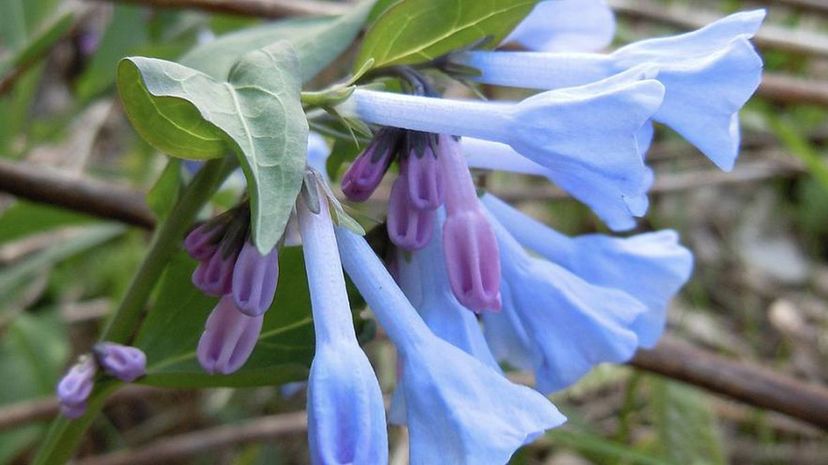
Virginia bluebells grow from pink buds into light blue petals that form a trumpet shape. When these wildflowers grow in thick clusters, they put on quite the display, especially in the Midwest.
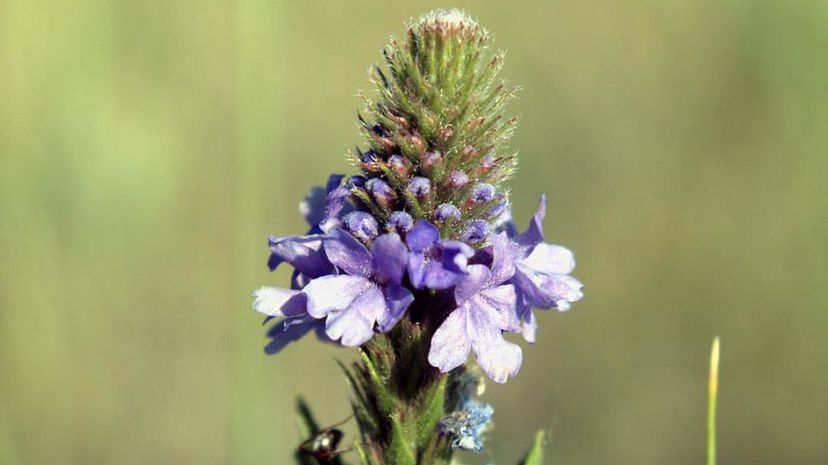
When the eye-catching flowers of the Dakota verbena bloom, they stay awhile. They are in a continuous bloom throughout the spring and summer. These flowers stand out among the other plants around them because they rest on 18-inch-high stalks.
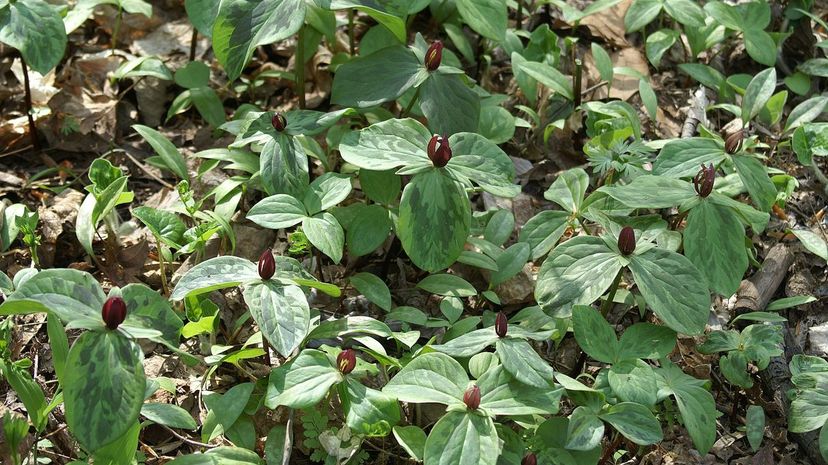
Slow and steady wins the race for the perennial called toadshade. The wildflower gets its name for its similarity in size to a toad and an umbrella. It takes its time growing and expanding, but when it does, it can live up to 25 years.
Advertisement
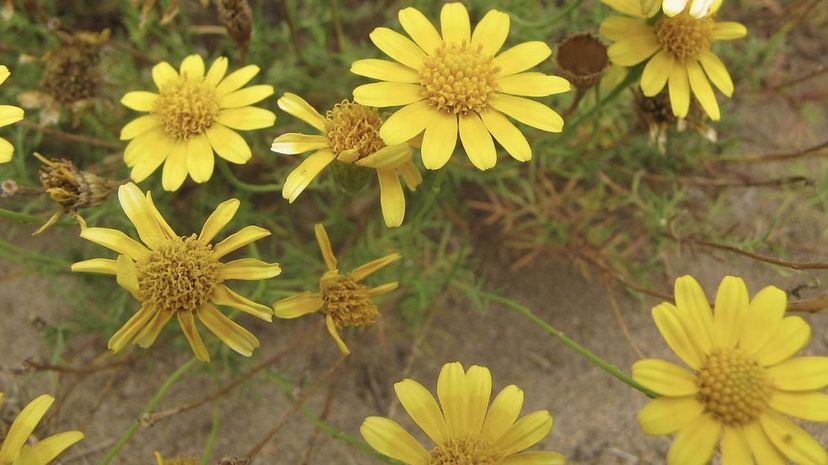
The Dahlberg daisy is a plant that grows low to the ground and makes a petite border for a garden. The splash of orange makes a fairy garden pop or any garden trail that a creative gardener cooks up.
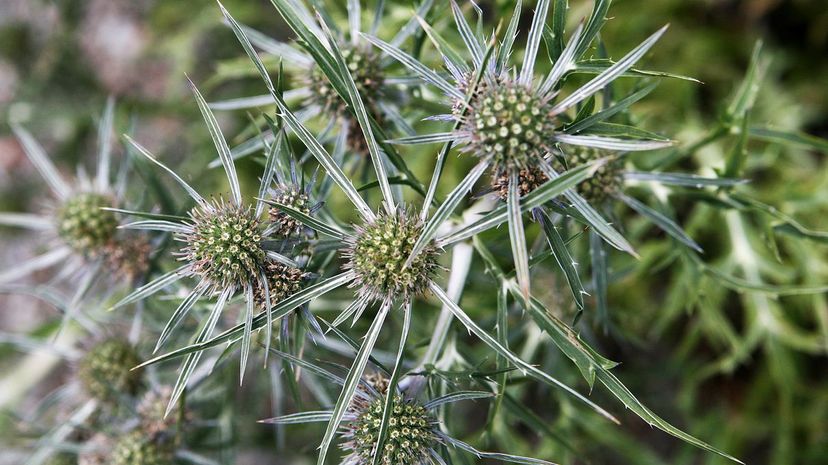
At first glance, this unusual looking flower looks like a thistle. It's actually a relative of roots like parsley and carrot and is edible. Still, its indigo coloring makes it a lovely part of an arrangement.
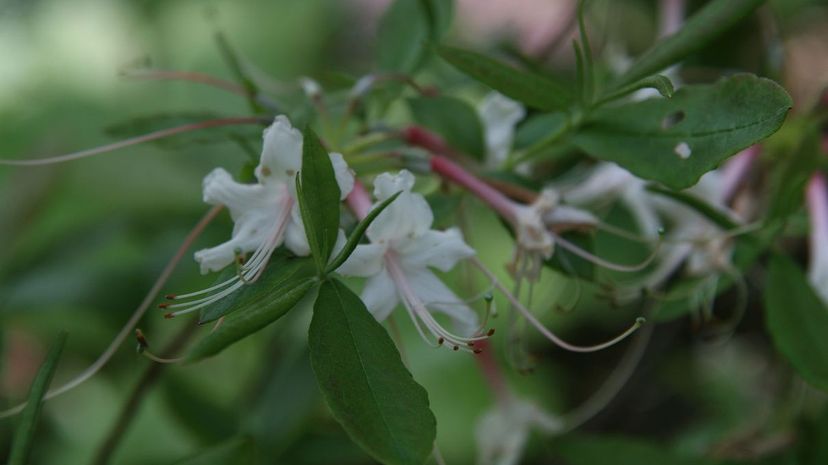
The piedmont azalea signals springtime in Georgia. It can grow well in the woods or a local's home garden. It's spread out all through the Southeast among coastal plains and mountainous regions.
Advertisement
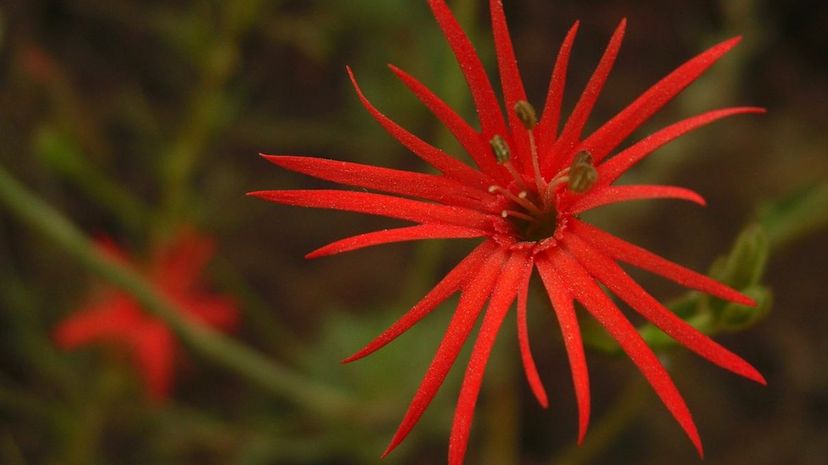
Although more red than pink, Indian pink wildflowers grow in every season. The red bulbs hold bursts of yellow petals that form a star, making them irresistible to local hummingbirds.
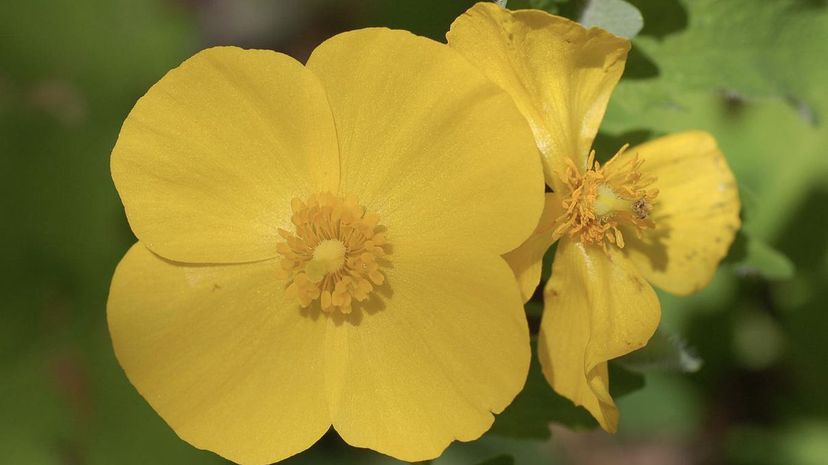
The celandine poppy can be found up and down the east coast of the United States. In Greek and Roman mythology, other varieties of the wildflower were placed on tombstones and represented the blood of soldiers on a battlefield.
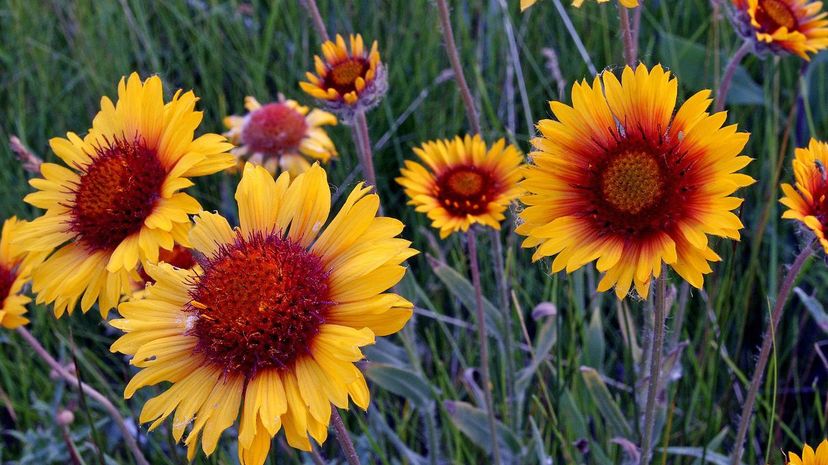
Blanket flowers can come in one or two shades. Besides red and yellow, they can come in a bronze color and have a purplish base. They bloom in summertime throughout the southern part of the United States.
Advertisement
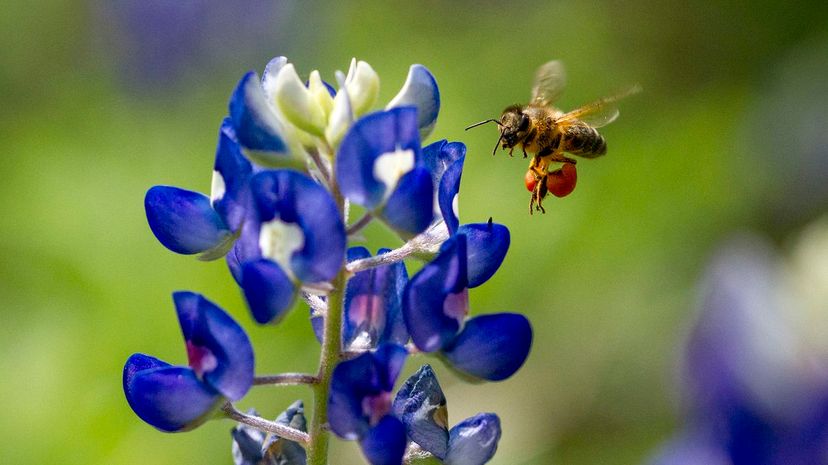
Texas bluebonnets are wildflowers that grow like wildfire. They appear quickly in the soil. When they do, they add nitrogen, making it easier for other breeds of annuals and perennials to come in.
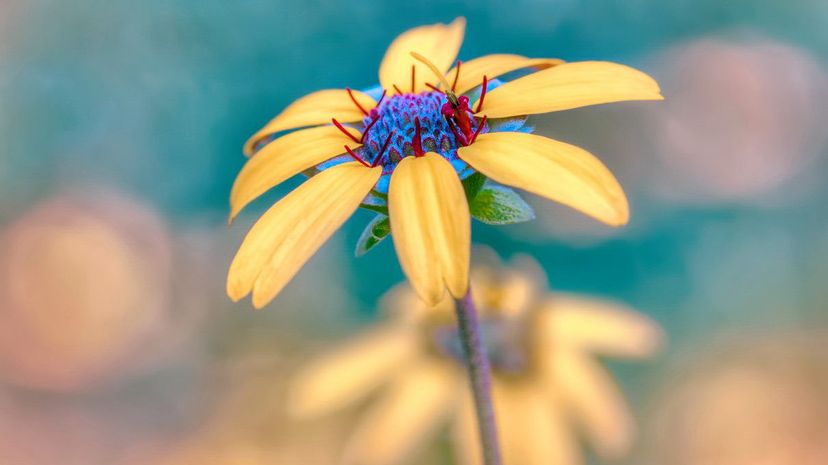
At the center of the chocolate daisy are brown buds that unleash a smell of cocoa that will tickle the palate of any sweet lover. This "cocoa-licious" aroma is especially attractive to various insects, too.
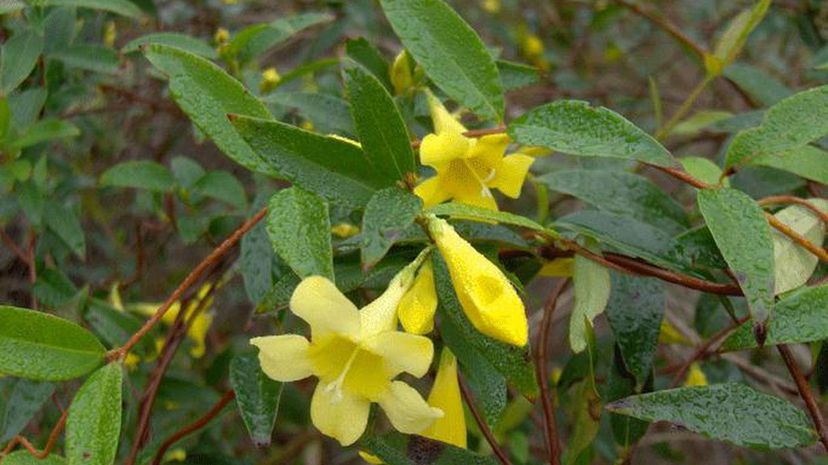
This rough-stemmed, colorful native of the Carolinas has a knack for climbing on the trunks of trees and random telephone poles. You shouldn't climb after the Carolina Jessamine, though, as it is extremely toxic.
Advertisement
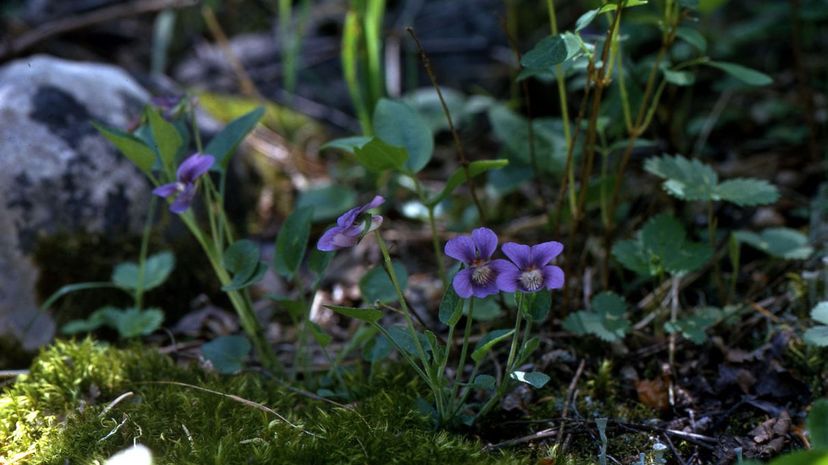
A long-spurred violet gets its name for what it is. It has lengthy spurs hidden behind its sagging flower heads with a violet color. The drooping flower petals add to this wildflower's mystique.

Found in New Mexico, Texas, and Arizona, the Agarita is a wildflower with many uses. Birds and other animals make nests in it, and it also makes fruit that supplies the sweetest juice.
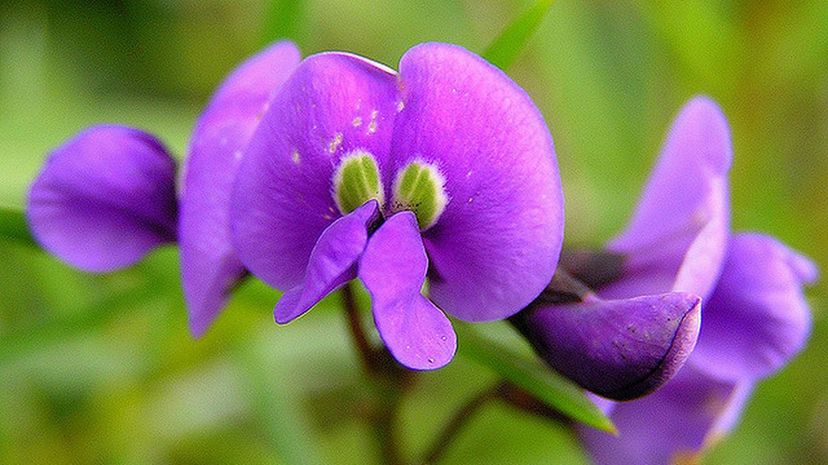
In Buddhism, wisteria symbolizes humility. But there is nothing humble about this lavender-hued beauty with a touch of yellow that grows in droves all over the eastern and south-central areas of the country.
Advertisement
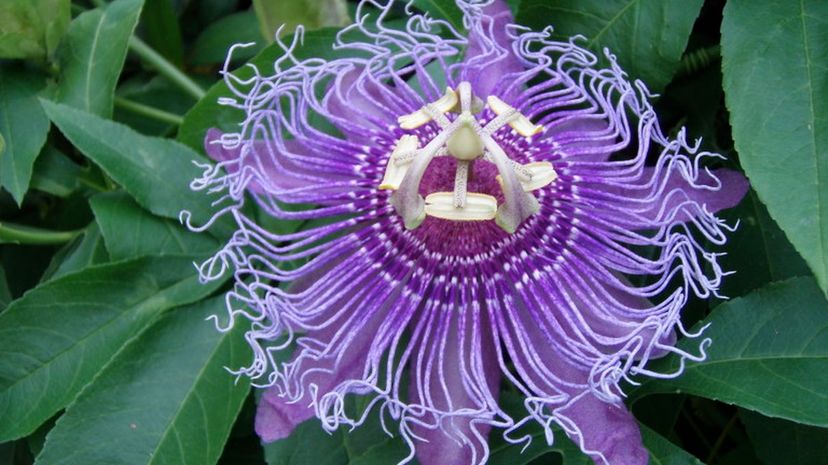
The Jesuits who named the passionflower alluded to the suffering of Christ. To them, the petals symbolized the 10 loyal apostles. The corona represented the crown of thorns, and the five stamens were the five wounds.
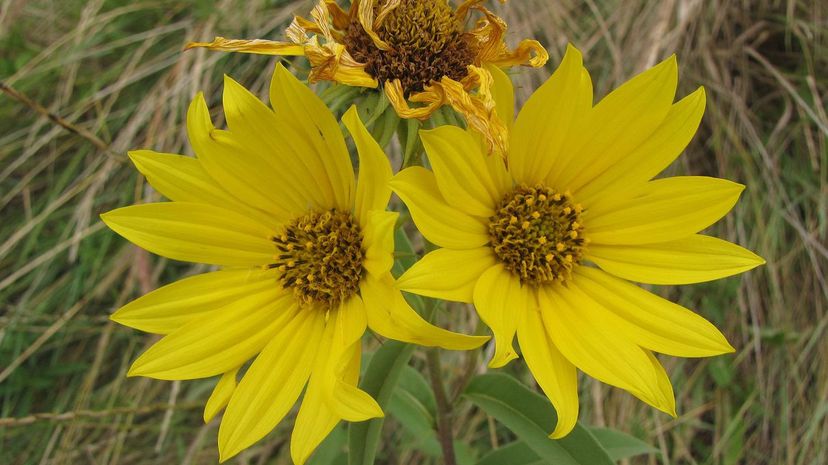
The Maxmillian sunflower is named for the prince who discovered it, and it was a symbol of the Incan sun god. In other cultures, its seeds were spread over gravesites to sustain the dead on their way to the next world.
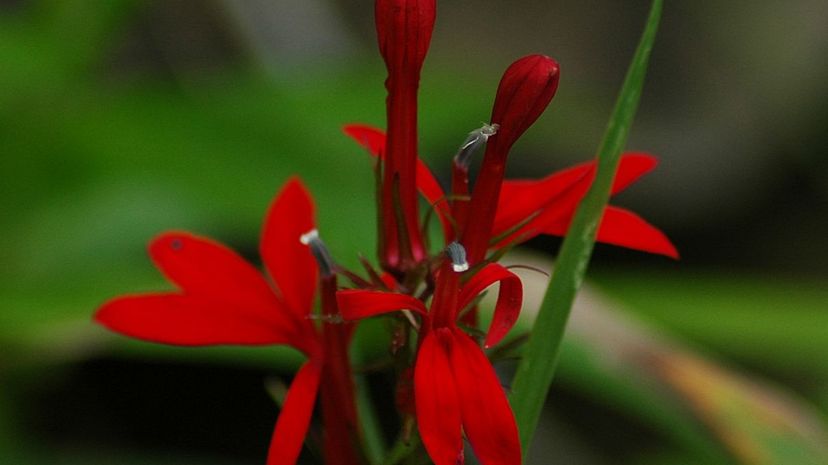
A bold and brilliant red, the cardinal flower is, as naturalist John Burroughs said, "color itself." It hides in shade and woods, but that didn't stop Native Americans from using its roots for love potions.
Advertisement
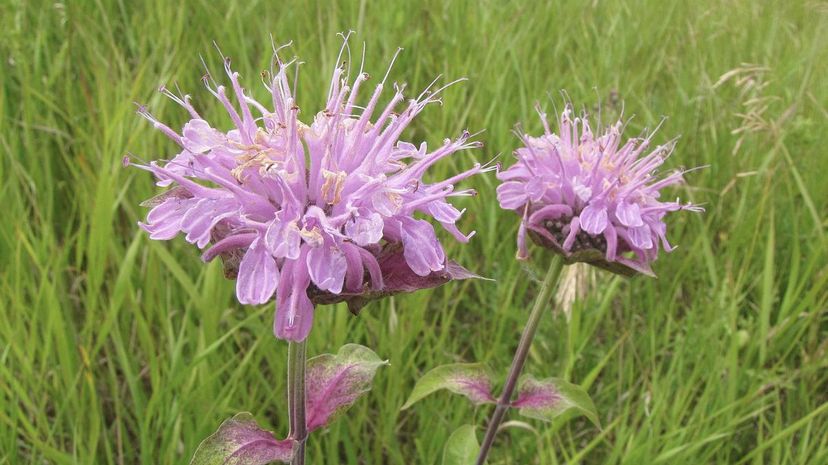
Wild bergamot grows throughout the state of Illinois. The plant has leafy stems that allow it to spread throughout various prairies, woodlands, savannas, limestone glades and landfills.
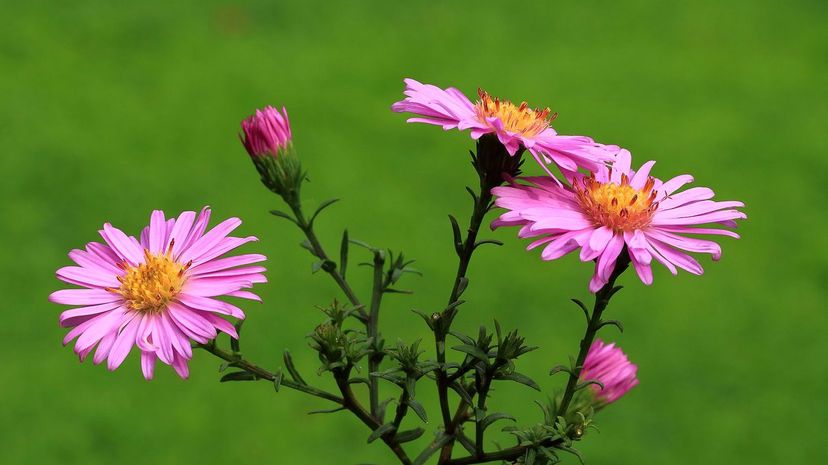
Fall asters get their name from the Greek word for "star." Centuries ago, these wildflowers were believed to have magical properties, and people used them to protect themselves from evil.
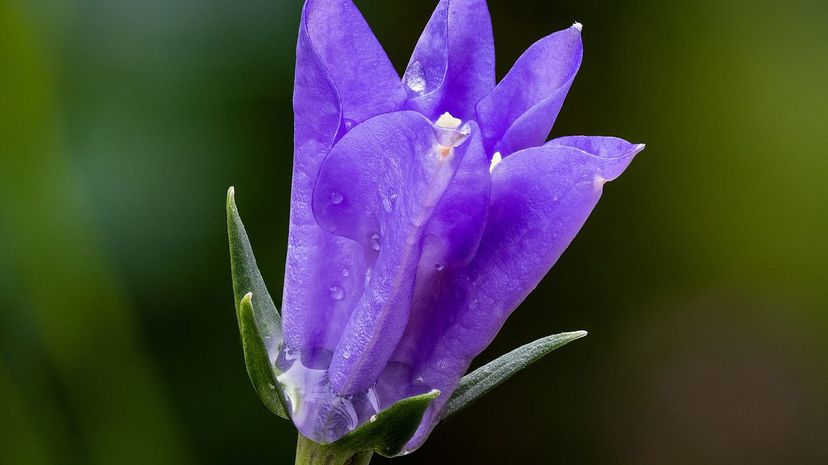
Bellflowers grow freely in the wild but are popular as a border plant with its bright purple, bell-shaped petals. These plants are tall and can grow up to 3 feet high in the woods or hedgerows.
Advertisement
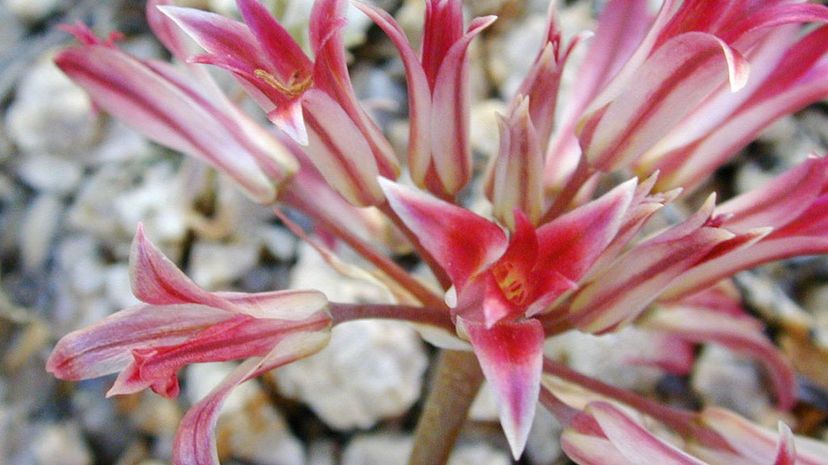
The fringed onion is native to California and can only be found there. Although pale pink and white types can be found, the most common variety is the deep purple plant with six fanned-out petals.
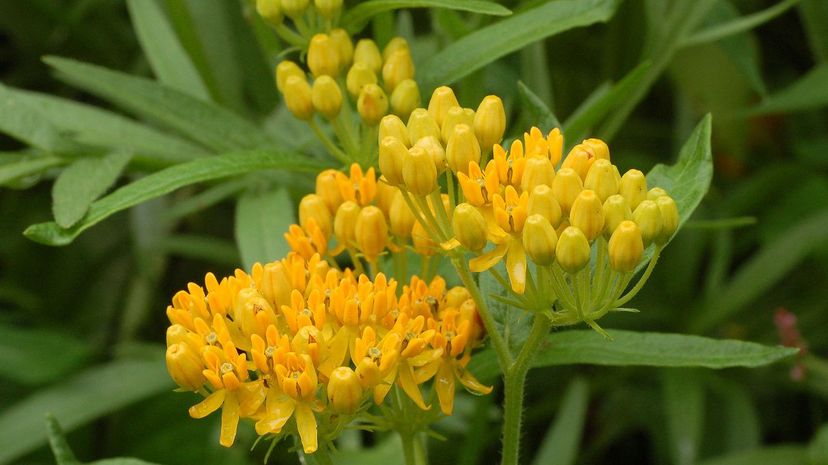
The butterfly weed is a bright orange wildflower that is easy to grow. It can even survive in dry soil. It is especially important for Monarch butterflies who feeds off its nectar.
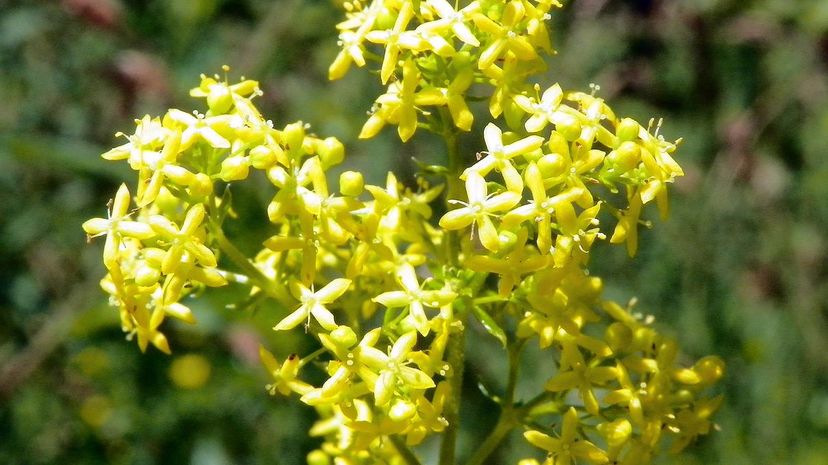
Lady's bedstraw started off in Europe and Asia, but immigrants brought it to North America, and it now grows naturally in the United States. At one time, it was used to fill mattresses and pillows.
Advertisement
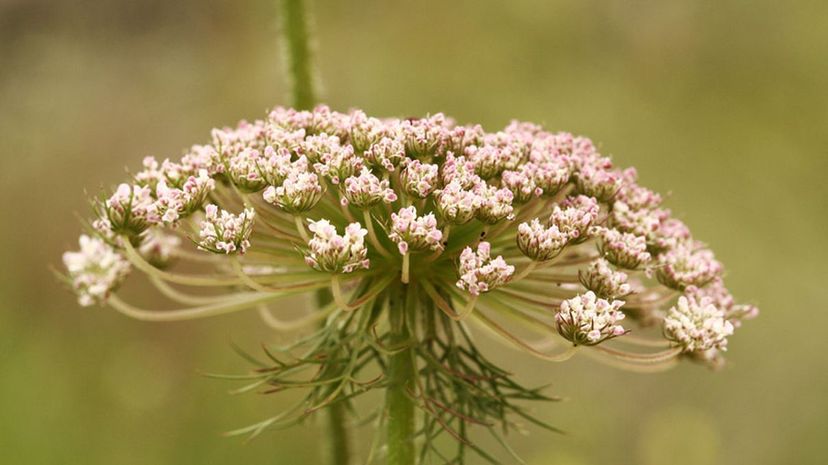
Also known as Queen Anne's lace, wild carrot started off in Europe and southwest Asia but now grows in Illinois and Ohio. It takes two years to grow, starting with its roots, stems and leaves, then flowering sometime in its second year.
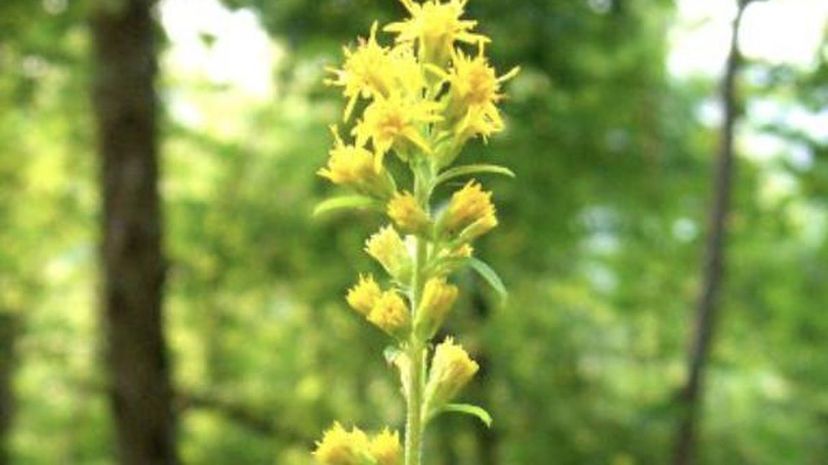
The showy goldenrod is a late-season flower that provides nectar deep into fall when other plants are done blooming for the season. It grows to about 5 feet tall, making it ideal for larger areas of land.
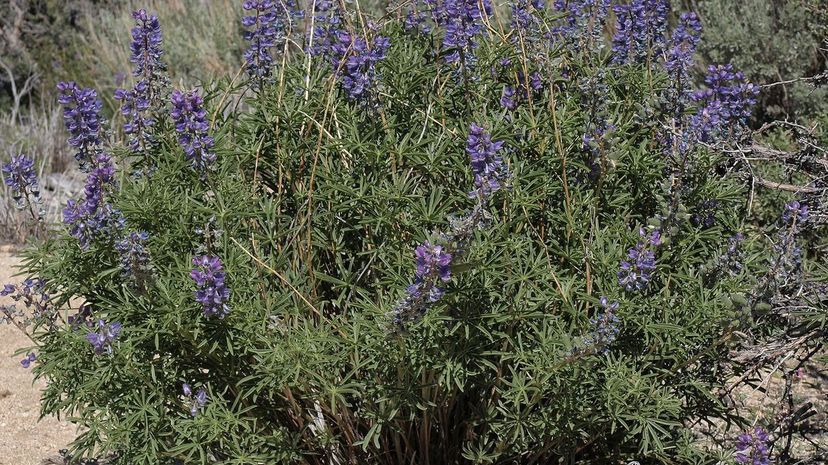
Tailcup lupine wildflowers grow in the Pacific Northwest and the Rocky Mountains. These towering indigo plants can be placed in the front part of a wide meadow or in the bed of a garden.
Advertisement
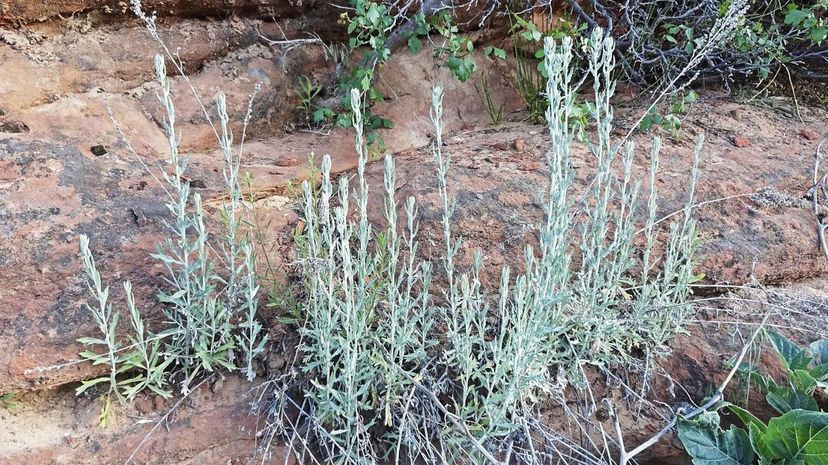
Prairie sage is also known as white sage. It is found all over the country as well as other parts of North America. It can be used medicinally for stomach ailments, and its smoke can be used for ceremonial purposes, too.
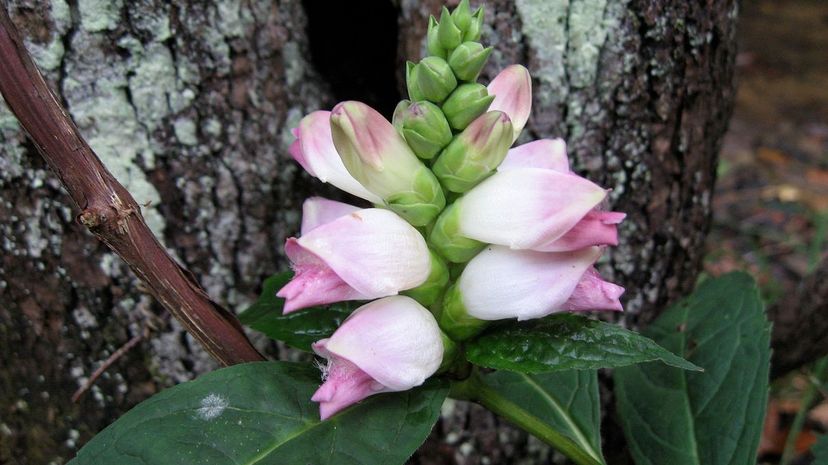
Also known as a snakehead or snake mouth, the turtlehead is found near banks, rivers and other watery areas along the East Coast. It is a low-maintenance wildflower that adds to a natural landscape or home garden.
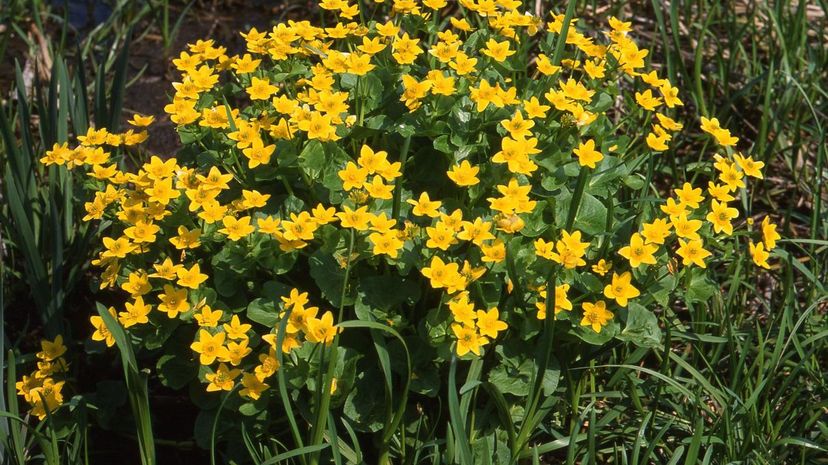
The yellow buttercup marsh marigold or cowslip is an herb but cannot be used medicinally as it is poisonous. In order to make them usable, they have to be soaked in water and cooked.
Advertisement
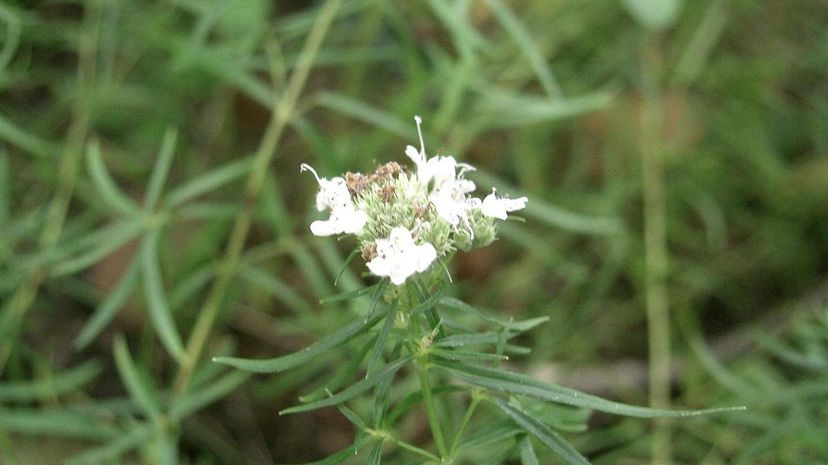
Wild tarragon grows in the western part of the United States from June to October. It grows on the side of the road, in fields and in canyons. It's used for cooking and herb medicine.
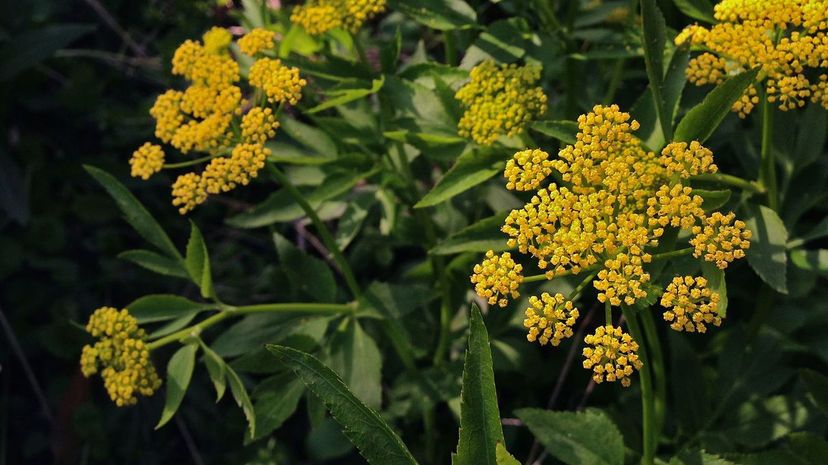
Golden Alexanders, also referred to as golden zizia, are native to the part of the country east of the Rocky Mountains. They are early bloomers that attract hummingbirds and butterflies.

While the Adam and Eve orchid is rare in Pennsylvania, it is on the endangered list in Massachusetts, New Jersey, and New York. At one time, it was used to fix crockery that settlers broke.
Advertisement
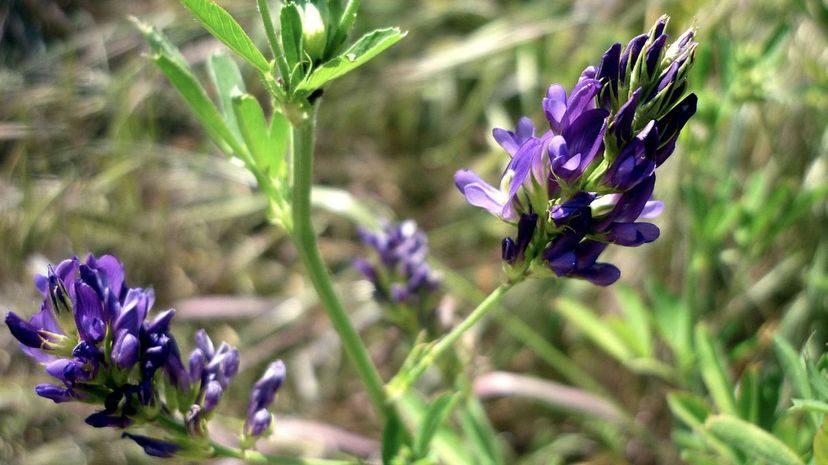
Alfalfa has been widely used to feed livestock, but it has other uses. In American folk medicine, it has been used as a tonic, and the dried leaf has been used in herbal teas, powders and tablets.
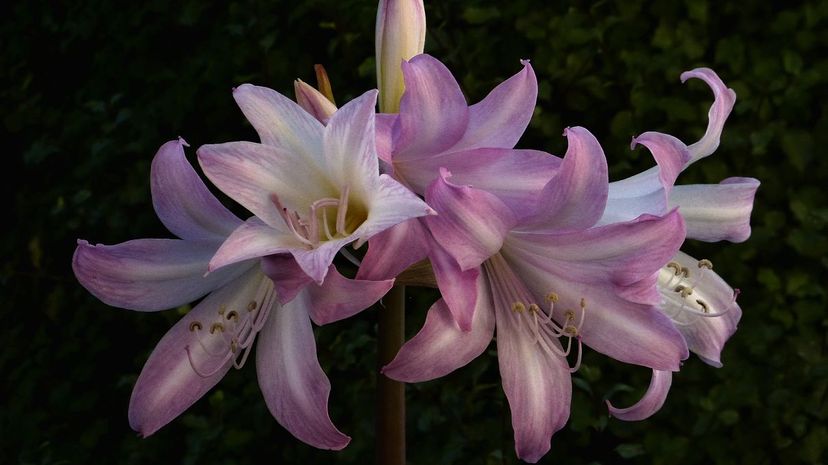
Belladonna lilies are native to South Africa, but within the last 200 years, they have become common on the California coast. They tend to bloom in summer and have six petals and cluster in groups of at least six.
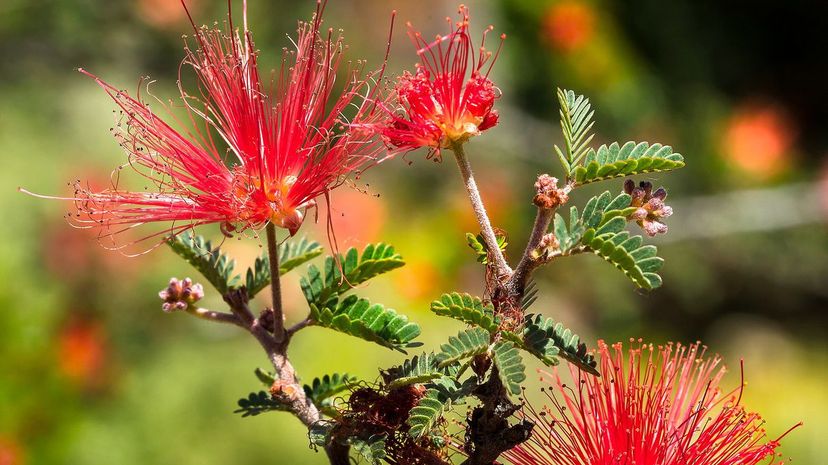
Watch out for the pixie dust with the fairy duster. Although it resembles a Fourth of July sparkler, this wildflower blooms from February to May and thrives in desert, sand and rock.
Advertisement
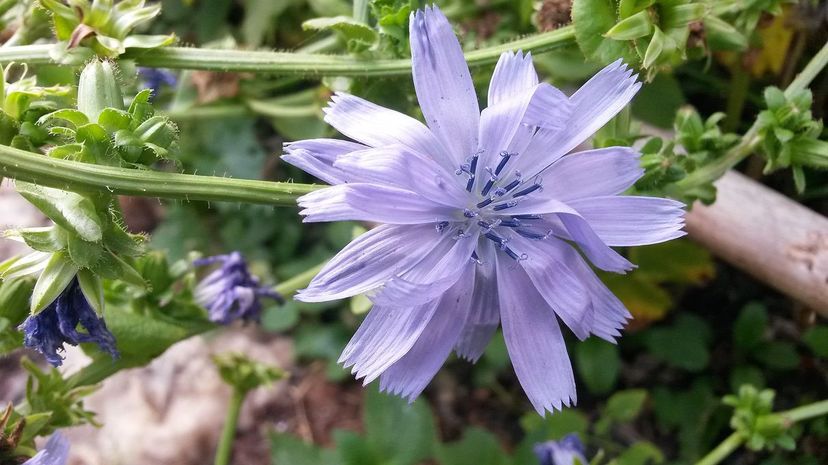
Although the chicory is native to Europe, it now grows all over the United States. The plant has roots and leaves that are edible and is often used as a coffee substitute. It is also known as coffee weed.
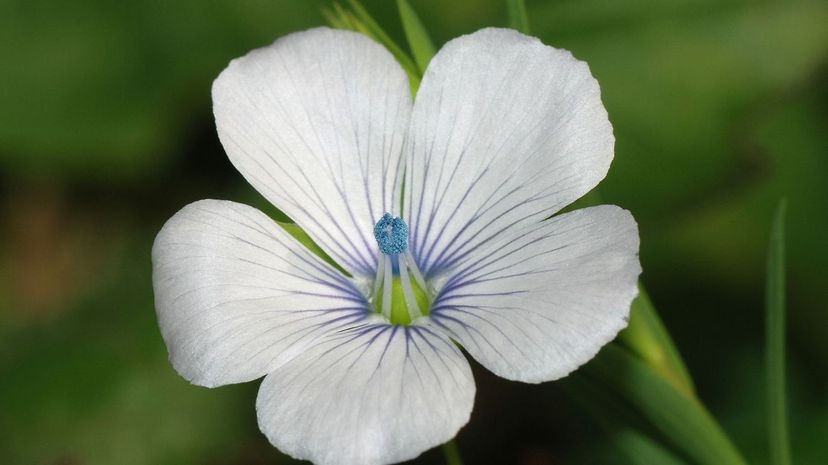
The pale flax is native to Europe but avid gardeners made a place for it in central to northern California and Oregon. It has five petals that range in color from light blue to light purple.
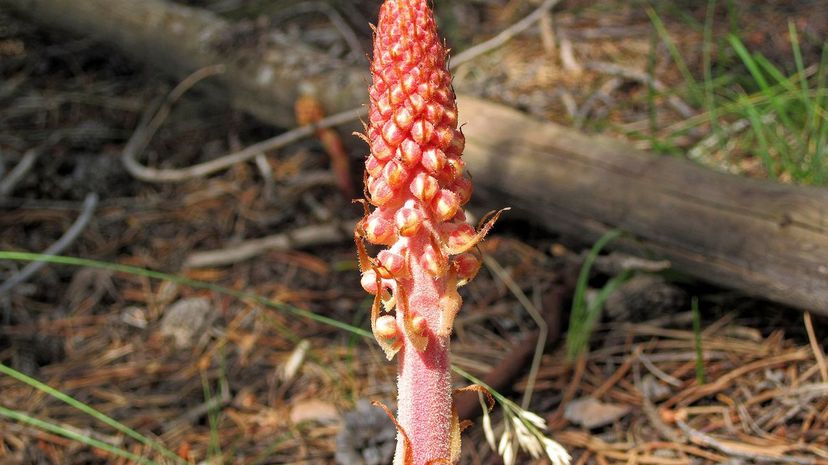
Woodland pinedrops is a unique wildflower in the western states between the Rockies and the Pacific. It produces no chlorophyll or leaves. Instead, it has oval, cream-yellow flowers dotted on a brownish-red spike of a stalk.
Advertisement
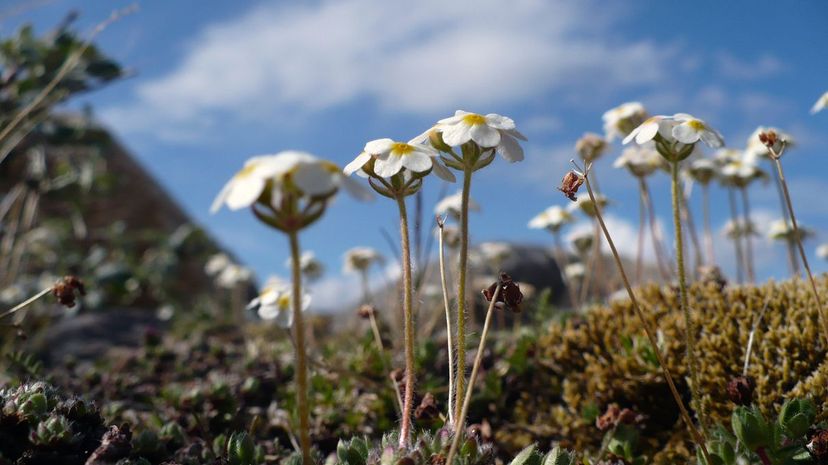
Rock jasmine is small and unassuming with its five-petaled flowers shaped like starfish grown on its stalks. It commonly grows in the Rocky Mountains states and favors rocky crevices to grow in, hence the name.